I have often heard people mention about Bruno Munari that books were one of his key interests; I have heard many people say that they regretted that they never truly realized how important it was for him to use this means of expression, rather than painting and object design, as his favorite way to set down and inscribe his thoughts.
This research project set out (within the limits of any bibliographical work) to record and document all the artist’s editorial works or, at least, to identify the possible range of Munari’s interests within this field. It can be seen as a succession of separate works to be studied based on just a few key stylistic ingredients, or as one single fresco that the artist created over his seventy-year artistic career.
Of course Munari did not just work on books; he was interested in and tried out the full range of artistic possibilities (painting, sculpture, design, graphics, teaching, poetry, writing, photography, film, entertainment), but throughout his career books were his personal diary in which he noted down his experiences, an authentic register of events.
His main concern—the ethical imperative throughout his work—was to explain himself properly, clarify his thoughts, and make his work intelligible, usable, adaptable, and even suitable for copying. That is why I include something he actually wrote in each description of the books.
The undeniable wavering between works of incredible artistic value of fundamental importance in the history of art and more modest “minor works” is an expression of one single existential project; getting rid of hierarchies (a carefully devised and considered aim) between “art and craft” led Munari to an ethical awareness of a creative project that makes no distinction between important clients (industry, big publishing companies) and the intellectual stimulation of private ventures, without differentiating between either a major opportunity or a modest chance offered by a friend. All this made the classification of each work difficult.
Munari is always surprising: his work moves beyond genres, aesthetic typologies, or any of the usual categories.
++

Abecedario de Munari | Emanuele Prandi, 1942

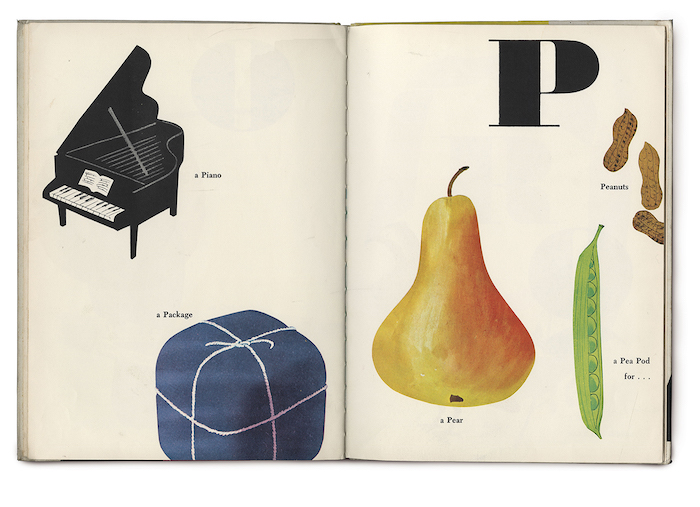
Abecedario de Munari | Emanuele Prandi, 1942
_WEB.jpg)
Bruno Munari’s ABC | Graziano Peruffo, 1960
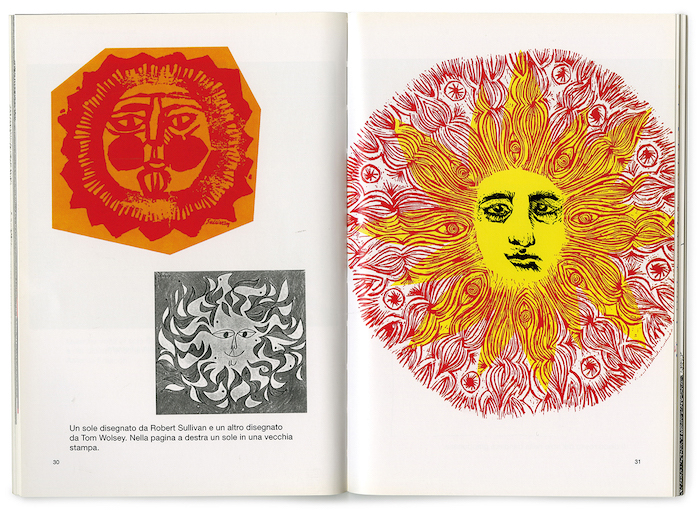
Disegnare il sole | Graziano Peruffo, 1980
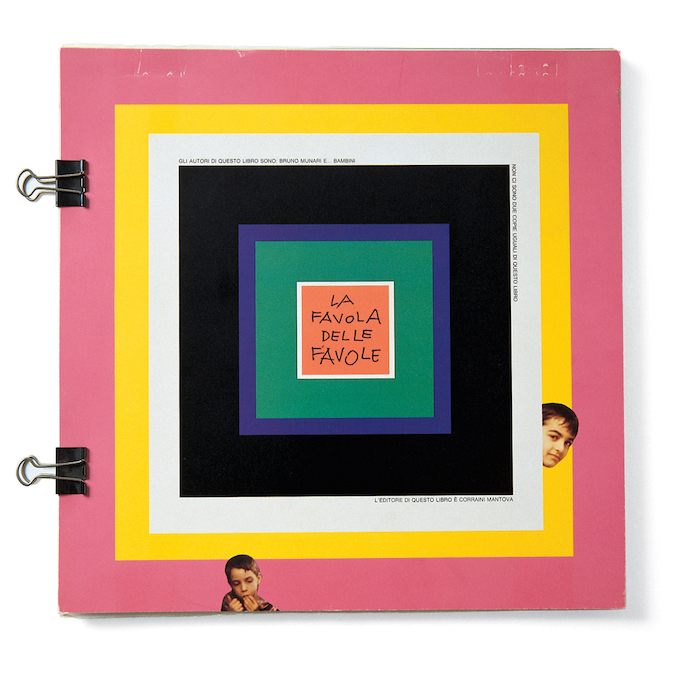
La favola delle favole | Maurizio Corraini Editore, 1994
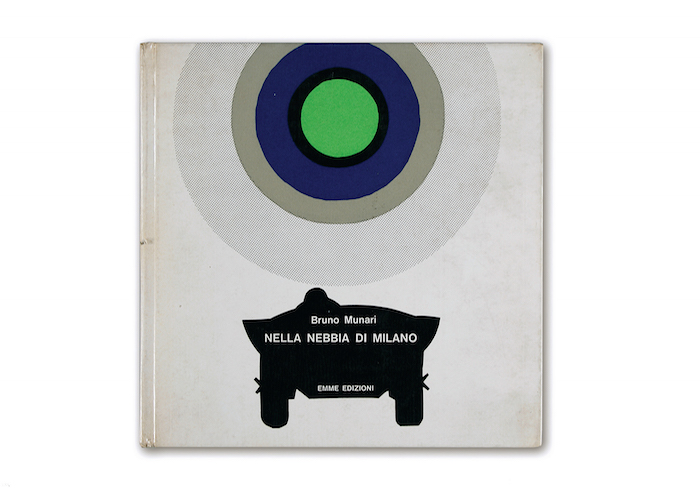
Nella nebbia di Milano | Graziano Peruffo, 1968
_WEB.jpg)
Nella nebbia di Milano | Emme Edizioni, 1968
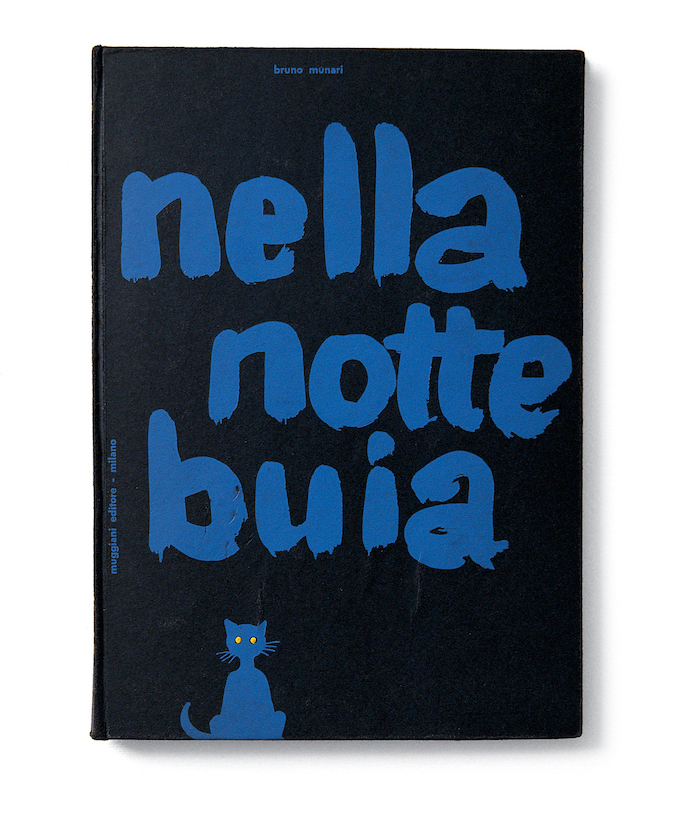
Nella Notte Buia | Muggiani editore, 1956
 Nella Notte Buia | Angelo Candiano, 1956
Nella Notte Buia | Angelo Candiano, 1956This is an excerpt from Munari's Books, available here.
